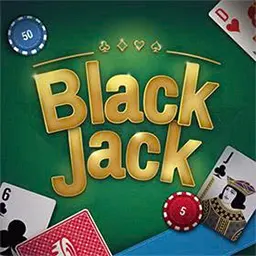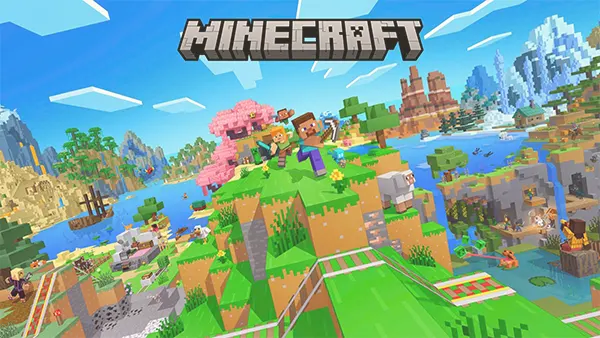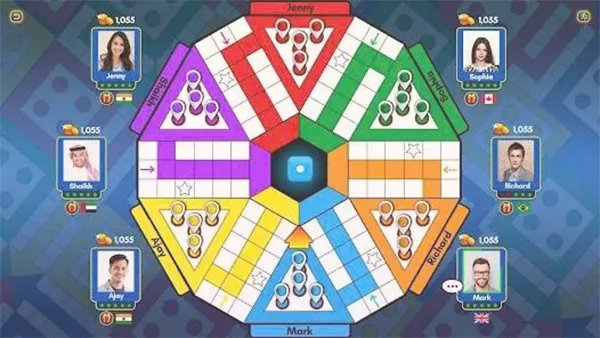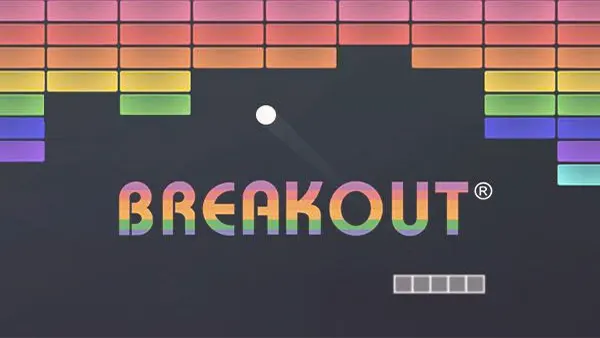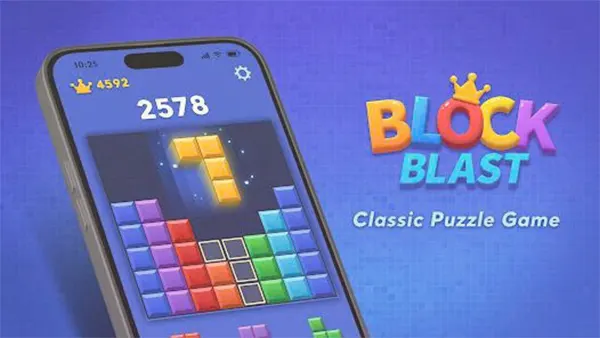Blackjack
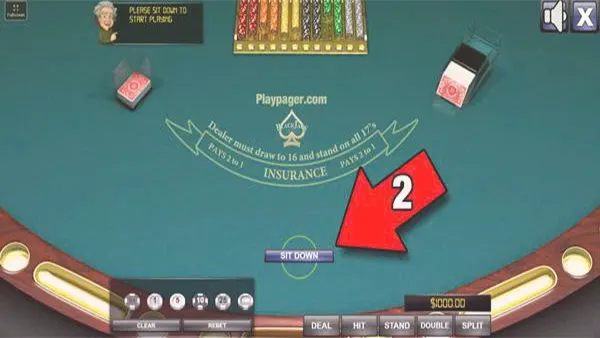
Blackjack
Click to play
Blackjack is one of the most popular and timeless card games that continues to entertain players with its simple rules and strategic depth. The goal is straightforward: get a hand total as close to 21 as possible without going over. Whether you're new to card games or an experienced player, Blackjack offers a perfect mix of quick gameplay, tactical decisions, and replayability.
Let’s explore what makes Blackjack such an enduring favorite.
Understanding the Basics: How Blackjack Works
At its core, Blackjack is a game played against the dealer. Each player is dealt two cards, and so is the dealer—though one of the dealer’s cards remains hidden.
Game Objectives:
- Reach a hand total of 21 or as close as possible.
- Beat the dealer’s total without exceeding 21.
- If your hand exceeds 21, it’s called a “bust,” and you lose the round.
Card values are easy to remember:
- Numbered cards = face value (2 to 10)
- Face cards (Jack, Queen, King) = 10 points
- Ace = 1 or 11, whichever benefits your hand most
Key Blackjack Actions You Should Know
While the goal seems simple, Blackjack includes several actions that add layers of decision-making to each round. Here are the most common moves:
- Hit: Take another card to increase your total.
- Stand: Keep your current hand and end your turn.
- Double Down: Take one final card and double your initial stake (in non-real-money versions, this just means a high-risk move).
- Split: If you have two of the same card, split them into two hands (available in most versions).
- Surrender: Forfeit half your turn early (if available).
Knowing when to use each action is where Blackjack becomes more than just a game of luck.
Strategy Tips for Winning More Rounds in Blackjack
While chance plays a role, Blackjack rewards smart decisions and pattern recognition. Here are a few tips to boost your success:
1. Know When to Hit or Stand
If your hand totals 11 or less, hitting is almost always safe. For hands between 12–16, assess the dealer's visible card. If the dealer shows a low card (2–6), standing may be smarter.
2. Understand the Value of the Ace
An Ace gives flexibility—it's the only card that can be 1 or 11. Use this to reduce bust risk or hit higher-value hands.
3. Don’t Always Aim for 21
Sometimes, a safe 18 or 19 is better than risking another card and busting.
4. Use Pair Splitting Wisely
Always split Aces and 8s if possible. Never split 10s or 5s—they’re stronger together.
Different Versions of Blackjack You Might Encounter
Blackjack comes in many forms depending on the platform or ruleset. Understanding these variations keeps the game fresh and engaging.
- Classic Blackjack: Standard version with one dealer and a single deck.
- Multi-Hand Blackjack: Play multiple hands at once for increased challenge.
- 21 Blitz or Speed Blackjack: Faster rounds with fewer animations.
- Blackjack Switch: A version where players can switch cards between two hands.
Most online or offline adaptations stick to the core mechanics but offer new twists on pacing or rules to add variety.
Final Thoughts: Why Blackjack Remains a Timeless Card Game
With its blend of simple rules, strategic depth, and rapid gameplay, Blackjack remains one of the most enjoyable card games out there. It’s ideal for quick sessions, learning probability, or simply enjoying some solo gaming time.
And the best part? You can play it anywhere, anytime—without needing a real deck or internet connection.
Ready to test your skills? Jump into a game of Blackjack and see how close you can get to 21.
Blackjack FAQs
Is Blackjack a game of luck or skill?
Both. While cards are drawn randomly, your decisions significantly impact the outcome over time.
Can I play Blackjack without using real money?
Yes. Many apps and browser versions let you play with in-game chips or free credits for fun.
Is Blackjack suitable for kids or teens?
If it’s a version without money-based content, then yes. It can even help build math and decision-making skills.
How long is a typical round?
Usually under 60 seconds, depending on speed and animation.
Are the rules the same everywhere?
Core rules stay the same, but small variations exist between platforms.





